Constructing Compliant and Resilient Cloud Infrastructure with Multi-Data Center Deployment
A 2025 guide for global teams, SaaS platforms, and startups on using multidata center methods for performance, compliance, and disaster recovery 1. The Importance of Multi-Data Center Strategies in 2025: Cloud infrastructure choices in 2025 go well beyond selecting a region or allocating a virtual machine. All the while maintaining operations nimble and affordable, companies today are under increasing pressure to fulfill high criteria for availability, performance, and compliance. Downtime is no longer a little annoyance. A few minutes of service outage might mean thousands in lost income, compromised consumer confidence, or perhaps legal risk. Digital platforms are expanding worldwide quicker than ever at the same time, and user demands for speed, uptime, and security keep growing. Against this context, deploying across several data centers has become a strategic imperative not just for businesses but also for startups, SaaS organizations, and modern SMBs. Multi-DC infrastructure currently plays a crucial role in supporting modern application architecture whether to meet regional data rules, lower latency, or guarantee business continuity. Cloud providers providing developer friendly tools, fair pricing, and geographically spread infrastructure like UpCloud, AWS, and Vultr have helped teams to now use multi-region approaches free of the operational load that hitherto rendered it unfeasible. 2. Legal Requirements with Regional Hosting: Regulatory Compliance Especially in areas like Europe, Asia, and North America, data privacy and sovereignty regulations have become more stringent worldwide. Countries are passing laws more and more that mandate national border storage of personal or sensitive data; cloud infrastructure has to follow suit. Consider, for instance, an application used by Cleveland, Ohio and Toronto, Canada residents. Though a data center in Toronto may serve both sites with no delay, Canadian privacy legislation could prevent keeping user data from Toronto outside the nation. The same is true for data from the United States under federal or state-specific policies. This implies that even if performance trade-offs appear unjustified, companies have to build infrastructure in both sites. And this is only one illustration laws like GDPR (EU), PIPEDA (Canada), DPDPA (India), and LGPD (Brazil) all have rigorous residency and transfer criteria. Adopting a multi-data center approach allows businesses to keep and handle data inside the relevant jurisdictional area while still having worldwide access. Cloud platforms with data centers in privacy-conscious countries such as UpCloud, which has facilities in Finland, Germany, the U.S., and Singapore help businesses fulfill these responsibilities without specialized technology or complicated legal workarounds. Developers can create compliant systems without hindering their productivity by choosing a data center by area, isolating workloads, and automating deployment using APIs or Terraform. 3. Preparing for failure before it happens helps businesses to be resilient and continue operating. Cloud data centers can still fail despite improvements in infrastructure dependability; when they do, the effects for applications without redundancy plan can be catastrophic. In recent years, prominent cloud providers’ data centers have failed due to power outages, network problems, hardware failures, and even fires. Although ongoing backups are absolutely vital, recovering from one can be sluggish, partial, and inadequate in the event of a live outage. Implementing multi-data center deployments using either: a more efficient approach Active-Passive configuration: One data center manages active traffic while another acts as a warm standby. Traffic reroutes automatically should the main go down. Active-Active configuration: Both sites provide users simultaneous service, sharing the load and providing instant redundancy. This type of architecture guarantees that should one area fail, your program stays accessible via another often with minimal to no disturbance for consumers. For mission-critical systems like SaaS platforms, payment gateways, or real-time apps, this can represent the difference between a little annoyance and a significant service incident. Providers including UpCloud, which provide high-performance infrastructure with low boot times, quick IOPS block storage, and worldwide distributed areas, make it simpler to spin up secondary instances and duplicate workloads. When coupled with DNS-based failover and automated load balancing, it provides companies the infrastructure flexibility they require to maintain users online even in the presence of regional failure. 4. Reducing global latency and improving performance: Performance is now a user-facing feature, not only a backend issue. Speed is important whether your business is an e-commerce store, a content platform, or a SaaS dashboard. Indeed, stu
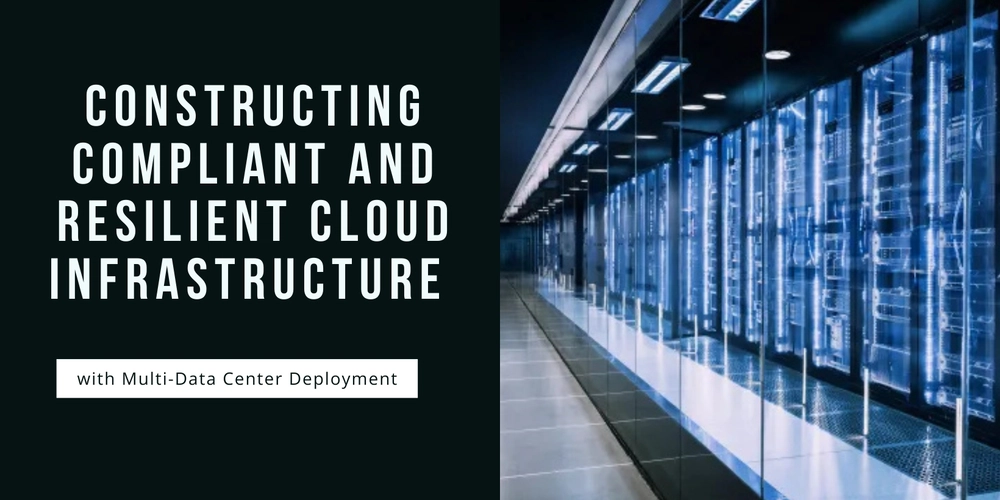
A 2025 guide for global teams, SaaS platforms, and startups on using multidata center methods for performance, compliance, and disaster recovery
1. The Importance of Multi-Data Center Strategies in 2025:
Cloud infrastructure choices in 2025 go well beyond selecting a region or allocating a virtual machine. All the while maintaining operations nimble and affordable, companies today are under increasing pressure to fulfill high criteria for availability, performance, and compliance.
Downtime is no longer a little annoyance. A few minutes of service outage might mean thousands in lost income, compromised consumer confidence, or perhaps legal risk. Digital platforms are expanding worldwide quicker than ever at the same time, and user demands for speed, uptime, and security keep growing.
Against this context, deploying across several data centers has become a strategic imperative not just for businesses but also for startups, SaaS organizations, and modern SMBs. Multi-DC infrastructure currently plays a crucial role in supporting modern application architecture whether to meet regional data rules, lower latency, or guarantee business continuity.
Cloud providers providing developer friendly tools, fair pricing, and geographically spread infrastructure like UpCloud, AWS, and Vultr have helped teams to now use multi-region approaches free of the operational load that hitherto rendered it unfeasible.
2. Legal Requirements with Regional Hosting: Regulatory Compliance
Especially in areas like Europe, Asia, and North America, data privacy and sovereignty regulations have become more stringent worldwide. Countries are passing laws more and more that mandate national border storage of personal or sensitive data; cloud infrastructure has to follow suit.
Consider, for instance, an application used by Cleveland, Ohio and Toronto, Canada residents. Though a data center in Toronto may serve both sites with no delay, Canadian privacy legislation could prevent keeping user data from Toronto outside the nation. The same is true for data from the United States under federal or state-specific policies.
This implies that even if performance trade-offs appear unjustified, companies have to build infrastructure in both sites. And this is only one illustration laws like GDPR (EU), PIPEDA (Canada), DPDPA (India), and LGPD (Brazil) all have rigorous residency and transfer criteria.
Adopting a multi-data center approach allows businesses to keep and handle data inside the relevant jurisdictional area while still having worldwide access. Cloud platforms with data centers in privacy-conscious countries such as UpCloud, which has facilities in Finland, Germany, the U.S., and Singapore help businesses fulfill these responsibilities without specialized technology or complicated legal workarounds.
Developers can create compliant systems without hindering their productivity by choosing a data center by area, isolating workloads, and automating deployment using APIs or Terraform.
3. Preparing for failure before it happens helps businesses to be resilient and continue operating.
Cloud data centers can still fail despite improvements in infrastructure dependability; when they do, the effects for applications without redundancy plan can be catastrophic.
In recent years, prominent cloud providers’ data centers have failed due to power outages, network problems, hardware failures, and even fires. Although ongoing backups are absolutely vital, recovering from one can be sluggish, partial, and inadequate in the event of a live outage.
Implementing multi-data center deployments using either: a more efficient approach
- Active-Passive configuration: One data center manages active traffic while another acts as a warm standby. Traffic reroutes automatically should the main go down.
- Active-Active configuration: Both sites provide users simultaneous service, sharing the load and providing instant redundancy.
This type of architecture guarantees that should one area fail, your program stays accessible via another often with minimal to no disturbance for consumers. For mission-critical systems like SaaS platforms, payment gateways, or real-time apps, this can represent the difference between a little annoyance and a significant service incident.
Providers including UpCloud, which provide high-performance infrastructure with low boot times, quick IOPS block storage, and worldwide distributed areas, make it simpler to spin up secondary instances and duplicate workloads. When coupled with DNS-based failover and automated load balancing, it provides companies the infrastructure flexibility they require to maintain users online even in the presence of regional failure.
4. Reducing global latency and improving performance:
Performance is now a user-facing feature, not only a backend issue. Speed is important whether your business is an e-commerce store, a content platform, or a SaaS dashboard. Indeed, studies by Google indicate that even a one-second lag in page load speed may lower conversions by as much as 20%.
For worldwide applications, latency the physical distance between consumers and your servers is the greatest performance bottleneck. Users in Asia or South America can encounter poor response times, delayed API requests, or shaky video playback if your backend is deployed just in one area (say, Europe).
Multi-data center deployment alters the game here.
You greatly lower round-trip times and provide a quicker, more consistent experience by putting application infrastructure and storage nearer to your consumers. A business with increasing Southeast Asian traffic, for instance, can launch computing and storage in Singapore while keeping its core deployment in Frankfurt or New York.
Many developer-focused companies like UpCloud, AWS, and Vultr provide high-performance data centers in crucial locations including Singapore, New York, Amsterdam, and Frankfurt, hence facilitating developers’ optimization for worldwide audiences.
UpCloud offers benefits that are not only geographical but also technical. Their MaxIOPS block storage and always quick networking make them particularly appropriate for performance-critical applications like gaming, media delivery, and real-time analytics.
5. Isolation as a Means of Security:
Security architecture has to be proactive not reactive as cyber attacks grow in sophistication and frequency. In a multi-data center environment, security is not only about firewalls or encryption; it’s also about reducing risk exposure across several areas.
Businesses can lower the blast radius of a breach or event by dividing duties among several areas. Your infrastructure in another area stays untouched if one data center is compromised or suffers a denial-of-service attack, hence maintaining your services live and your data separate.
This strategy also fits with best practices in zero-trust architecture, which treats each environment as an autonomous zone with rigorous restrictions and minimal interaccess.
To benefit of local data protection legislation, security-conscious teams sometimes run sensitive workloads in privacy forward countries as Finland or Germany. With data centres in these areas, UpCloud offers further legal security for companies managing user-identifiable, health, or financial data.
Technically speaking, cloud platforms supporting per-region firewall settings, encrypted storage volumes, private networking, and granular role-based access let teams create defense-in-depth plans without increasing complexity.
Multi-data center security isolation is no longer optional it’s fundamental if your company handles regulated data, runs in high-risk industries like finance, or just seeks peace of mind.
6. Regional Workload Optimization:
Not all traffic is created equal when your company grows; nor are all tasks. To maximize various workload kinds by area, one of the most intelligent justifications for using a multi-data center design is
Unstructured Data: pictures, PDFs, media
Serving huge volumes of static or user-generated material like a learning platform or a streaming sitethrough a combination of object storage + CDN guarantees quick delivery if your platform manages such content. Hosting object storage close to active user zones lowers sync time and origin server burden.
For example, if your app experiences an increase in uploads in Southeast Asia, putting an object storage node in Singapore guarantees rapid CDN write operations and quicker delivery. This increases user download speeds and eliminates performance bottlenecks.
Databases, transactional services, structured data
Read and write performance could differ by area for database-dependent applications such as finance dashboards, SaaS tools, or multiplayer gaming.
- You can install read-only replicas nearer to users if your program does more reads than writes, maintaining writes centralized.
- If write performance is as crucial, replicating your whole database layer across areas could be required.
This kind of configuration with less operating overhead is made possible by UpCloud’s infrastructure, which comprises high-speed storage and quick regional replication. You could, for example, run active transactional workloads in Frankfurt and read-heavy workloads in Amsterdam, all under failover choices still in place.
Workloads for edge and artificial intelligence inference
Proximity to people and data is essential in AI-driven applications especially those needing low-latency inference like chatbots, picture recognition, or recommendation engines. Using several data centres to run inference models guarantees quick responses and reduces bandwidth pressure.
You may increase efficiency and save pointless expenses by customizing your workload placement depending on performance requirements, traffic patterns, and geographical demand, all the while preserving user pleasure at scale.
7. Cost-efficient scaling without unexpected fees:
Many people think multi-data center deployment is costly. However, if you have the correct cloud provider and approach, it can really reduce your infrastructure expenses even as it increases uptime and performance.
Hidden costs especially data egress fees are the actual cost trap. Many cloud providers charge significant charges for outbound traffic between regions or even from your cloud to the internet. Teams scaling quickly or moving large amounts of media or analytics data may be particularly surprised by this.
Cloudflare’s study finds that conventional providers bill mid-sized teams thousands in monthly egress fees. For companies operating distributed systems, egress turns into a quiet budget drain.
Cloud providers with clear pricing, flat-rate networking, and minimal or no egress costs are becoming more popular as a result especially for startups and SMBs. For instance, UpCloud doesn’t surprise consumers with unexpected bandwidth fees and provides consistent, flat-fee pricing. This allows expanding teams to deploy globally without concern of unexpected expenses and plan more precisely.
When combined with intelligent workload placement for example, placing CDN-heavy material close to users and maintaining centralized storage teams may provide a fantastic experience while controlling cloud expenditure.
8. Automation and Developer Experience:
Ease of use becomes vital in a multi-data center setting. Manual provisioning and region-by-region setup just don’t scale. Today’s developers want visible, repeatable, scriptable infrastructure.
Developer-focused systems shine here by providing a complete set of automation tools such as:
- Terraform, Pulumi, or Ansible-based Infrastructure as Code (IaC)
- Command Line Interfaces (CLI) for controlling volumes and instances
- REST APIs to include deployment into CI/CD pipelines
- Per-region visibility monitoring and logging tools
For instance, UpCloud makes it simple for teams to set up new infrastructure in Frankfurt, Singapore, or New York using the same workflow by supporting all the aforementioned via its strong API, CLI tools, and native Terraform provider. This reduces the barrier for smaller teams to follow excellent practices often observed in enterprise DevOps settings.
Automation is about lowering human error, enhancing deployment uniformity, and allowing quicker recovery or scaling under demand surge, not only about convenience.
Teams get complete control over areas combined with observability tools as Prometheus, Grafana, or even native dashboards, allowing them to respond to problems before they escalate into incidents.
9. Real-World Use Cases: Who Gains from Multi-DC Deployment?
SaaS companies growing worldwide
Gaining popularity in both Europe and Asia, a CRM product runs its app servers out of Singapore and Frankfurt. This guarantees GDPR compliance, lowers latency for consumers in both areas, and provides failover capability without re-architecting the infrastructure.
Fintech Firms Negotiating Compliance
Many financial apps require fast access and tight data residency. A finance platform runs in New York and Amsterdam utilizing a service like UpCloud to satisfy PSD2 and SOC 2 criteria, while separating sensitive data per area.
High Traffic Serving Media & E-commerce Platforms
Online retailers and streaming services leverage CDNs and object storage to provide fast-loading content. Performance remains good even during seasonal surges by means of object storage scaled across several areas and edge caching.
AI Startups Requiring Regional Inference
A recommendation engine based on artificial intelligence uses thin inference models nearer to consumers in Asia and Europe. It maintains data consistent with local laws, quickens outcomes, and lowers latency.
Global Reach Educational Platforms
Edtech companies provide video, tests, and real-time features across countries using multi-data center architecture. Students everywhere get the same quick, dependable experience with region-based load balancing.
These instances are not theoretical; this is how current cloud-native companies construct in 2025. It’s no longer only for businesses with 100-person engineering teams. Providers like as UpCloud have eliminated the friction, enabling multi-region deployment possible for small teams with large aspirations.
10, Conclusion: Multi-DC Is the New Cloud Baseline:
The cloud has developed; so have its consumers. Modern companies want more than just storage and processing. Their infrastructure stack must be compliant-ready, regionally performing, cost transparent, and resilient built-in.
Multi-data center deployment meets all of these requirements. It guarantees legal and local user data, increases speed by means of intelligent regional placement, guards against interruptions, and allows affordable expansion.
And most importantly, it’s no longer restricted to companies. Developer-first companies like UpCloud have made it possible for even small teams to deploy across continents, automate deployments, and remain completely in control of their infrastructure.
Global operations are becoming the standard even for startups; the future of cloud is obvious:Its spread out. It is strong. It is regionally best. Its foundation is multi-data center architecture.


















































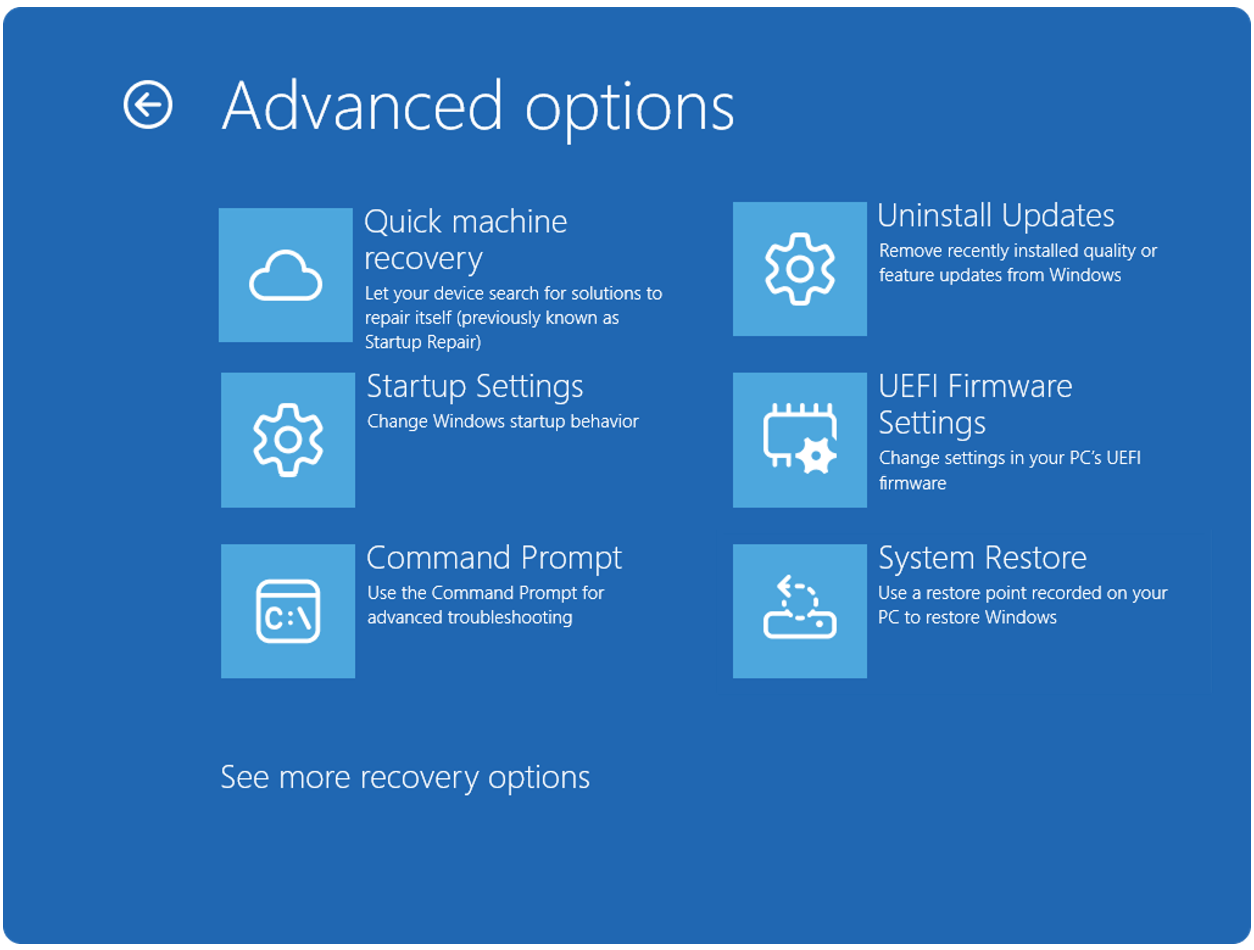

















![Apple Watch Series 10 Prototype with Mystery Sensor Surfaces [Images]](https://www.iclarified.com/images/news/96892/96892/96892-640.jpg)

![Get Up to 69% Off Anker and Eufy Products on Final Day of Amazon's Big Spring Sale [Deal]](https://www.iclarified.com/images/news/96888/96888/96888-640.jpg)
![Apple Officially Releases macOS Sequoia 15.4 [Download]](https://www.iclarified.com/images/news/96887/96887/96887-640.jpg)


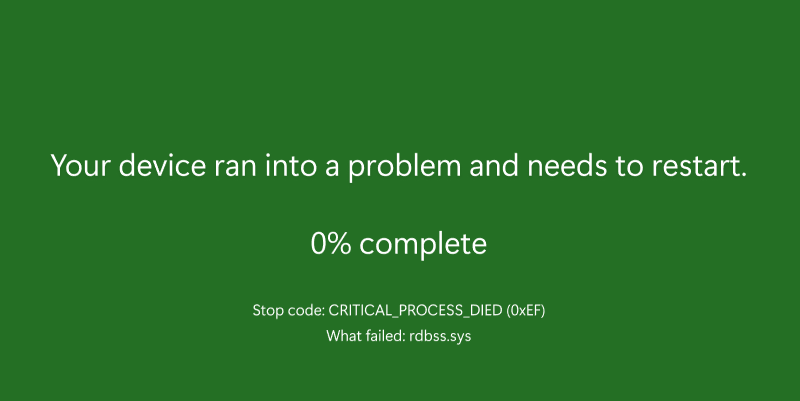










![What’s new in Android’s March 2025 Google System Updates [U: 3/31]](https://i0.wp.com/9to5google.com/wp-content/uploads/sites/4/2025/01/google-play-services-1.jpg?resize=1200%2C628&quality=82&strip=all&ssl=1)















-xl-xl.jpg)
























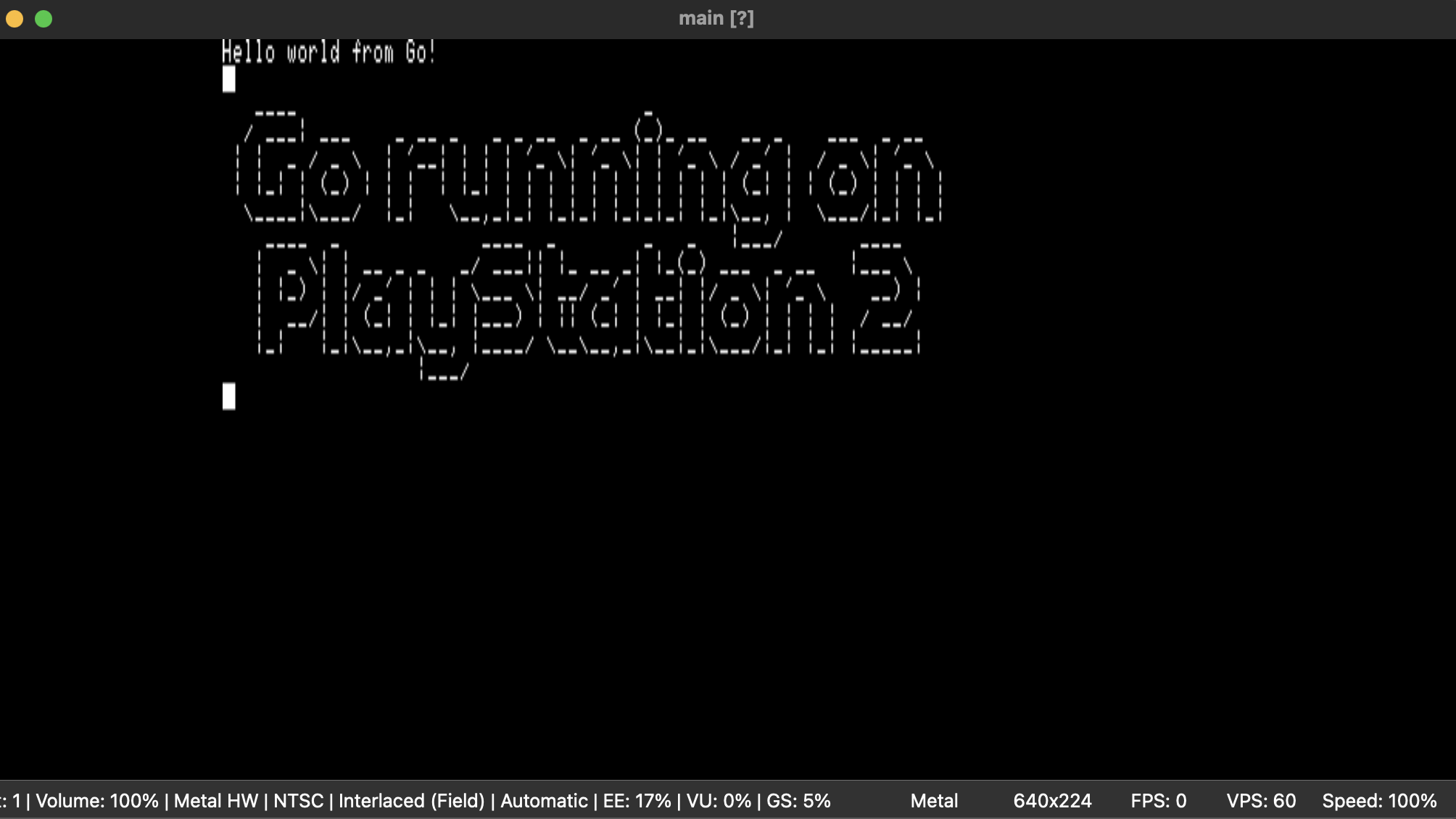
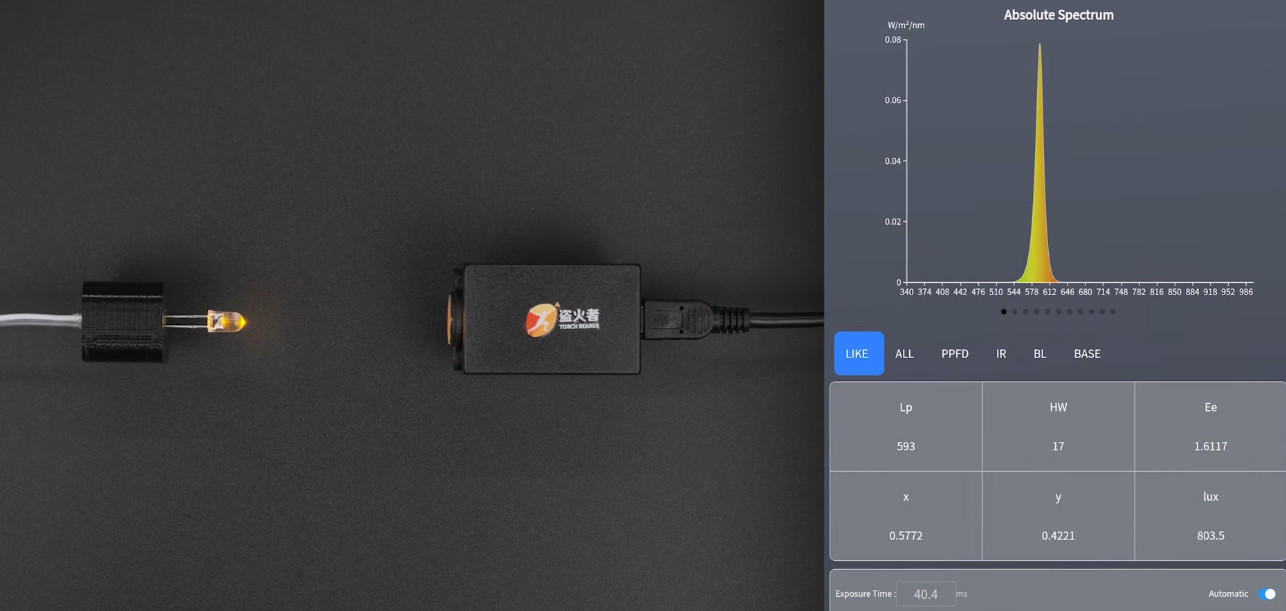
















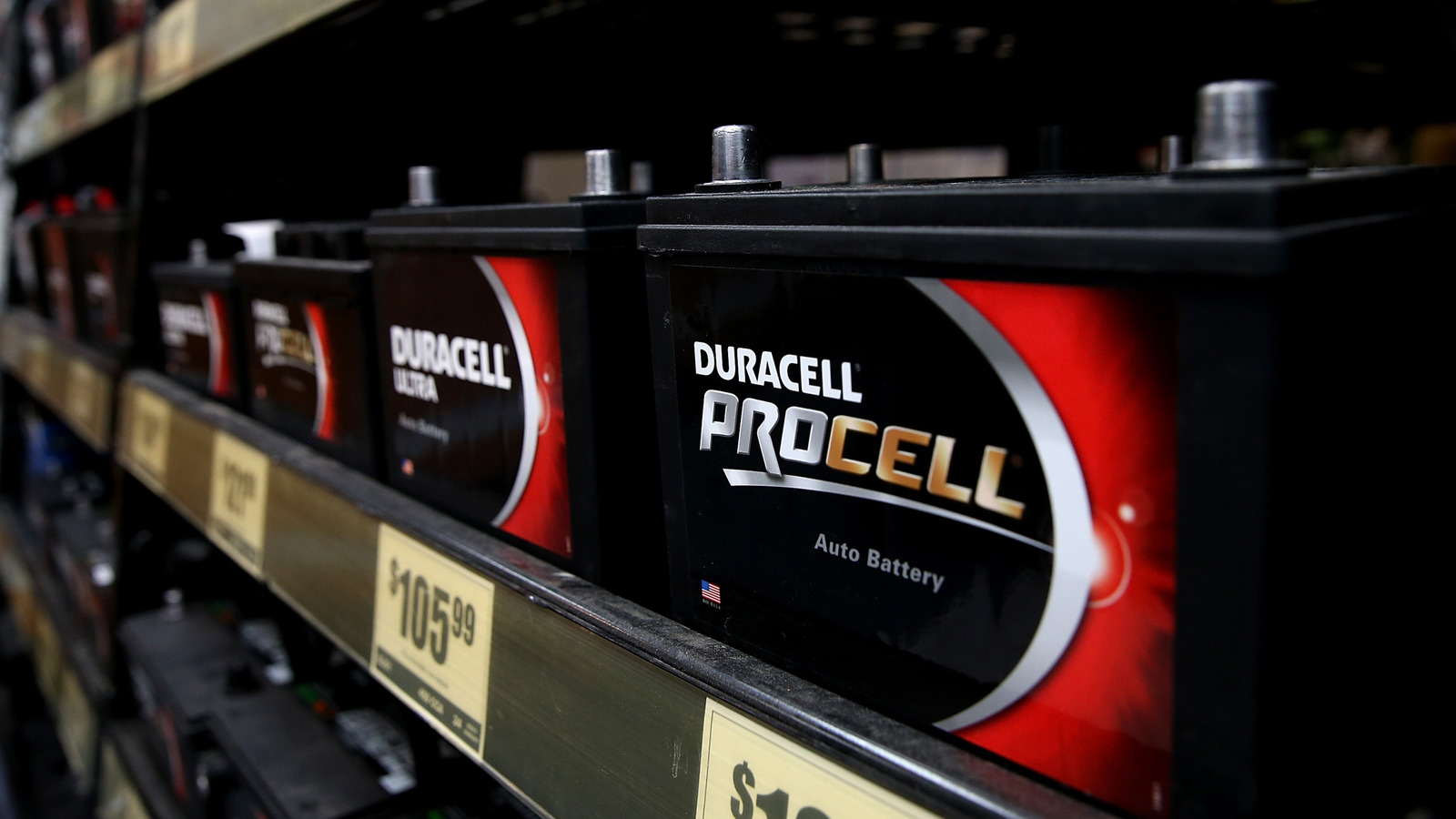







































































































![[The AI Show Episode 141]: Road to AGI (and Beyond) #1 — The AI Timeline is Accelerating](https://www.marketingaiinstitute.com/hubfs/ep%20141.1.png)
![[The AI Show Episode 140]: New AGI Warnings, OpenAI Suggests Government Policy, Sam Altman Teases Creative Writing Model, Claude Web Search & Apple’s AI Woes](https://www.marketingaiinstitute.com/hubfs/ep%20140%20cover.png)
![[The AI Show Episode 139]: The Government Knows AGI Is Coming, Superintelligence Strategy, OpenAI’s $20,000 Per Month Agents & Top 100 Gen AI Apps](https://www.marketingaiinstitute.com/hubfs/ep%20139%20cover-2.png)





































































































































![From broke musician to working dev. How college drop-out Ryan Furrer taught himself to code [Podcast #166]](https://cdn.hashnode.com/res/hashnode/image/upload/v1743189826063/2080cde4-6fc0-46fb-b98d-b3d59841e8c4.png?#)

























-1280x720.jpg?width=1920&height=1920&fit=bounds&quality=80&format=jpg&auto=webp#)


























































